With Amazon and the British Government announcing new trials for delivering goods by drones yesterday, questions are being raised around the logistical headaches surrounding this new method of delivery. I thought you may be looking for industry reaction and C-level commentary on the news.
Logistics expert Jim Hoefflin, the president and COO of Kewill, has made the following analysis:
“Drone delivery for the UK means that for once, rural areas may have an advantage. Traditionally, rural and suburban parts of the country are slow to receive services like same day delivery or super-fast broadband. But the use of drones is actually much more feasible outside of cities, as collision avoidance will be a much less daunting challenge for the devices than in built-up urban areas.
“Regardless of the delivery destination, their introduction could cause a supply chain and logistics nightmare if companies are not careful. Many organisations still rely on outdated legacy processes which would make the incorporation of drone delivery a very steep learning curve.
“Drone delivery also throws up questions about redefining traditional supply chain routes. For example, how will goods reach the supplier from the manufacturing line? Not only that, but drones will inundate organisations with a huge amount of real-time data not previously available.
“In order to simplify the process, organisations need to ensure they have transport management systems in place that can automate logistical pain points (setting package weight limits, for example, or ensuring drones deliver safely to challenging destinations) rather than inputting each detail individually. Tighter integration between systems will also enable businesses to manage all the new data being delivered.
“Drone delivery is a key step forward for our new and exciting connected world – but organisations need flexibility and scalability in their supply chain in order to be prepared for innovative delivery methods of the future.”
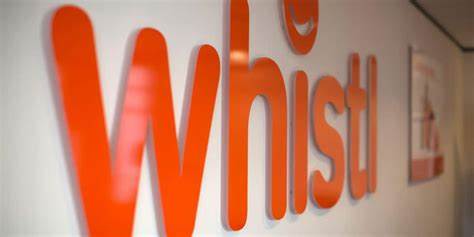
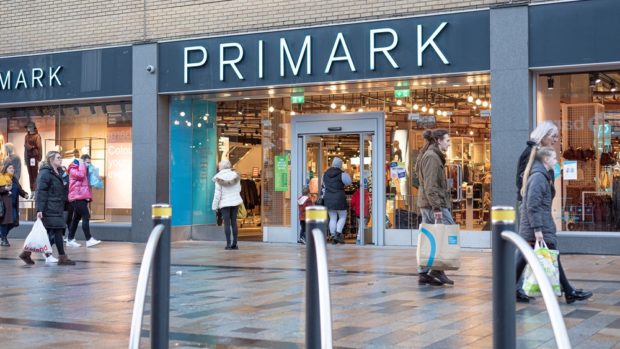
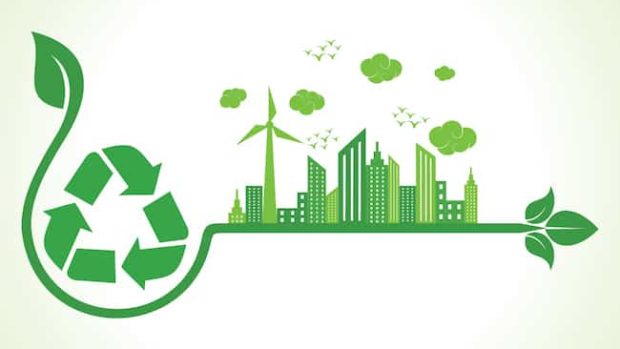


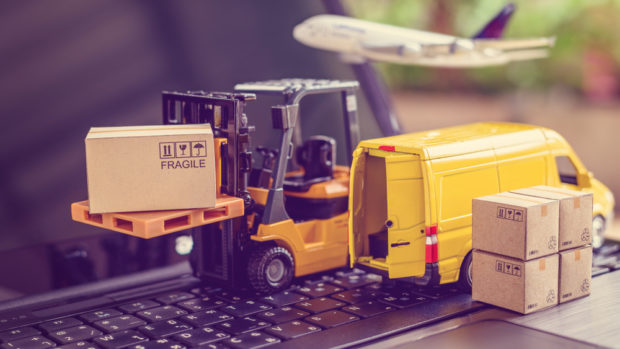

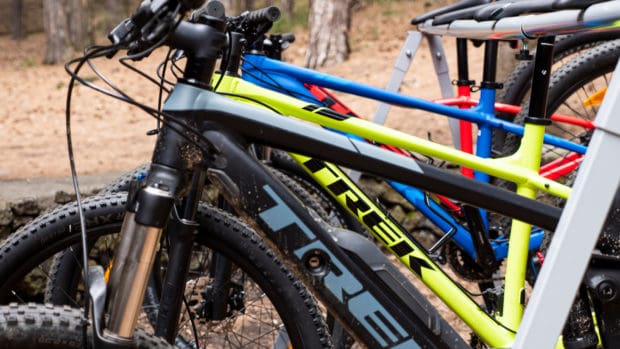
Share